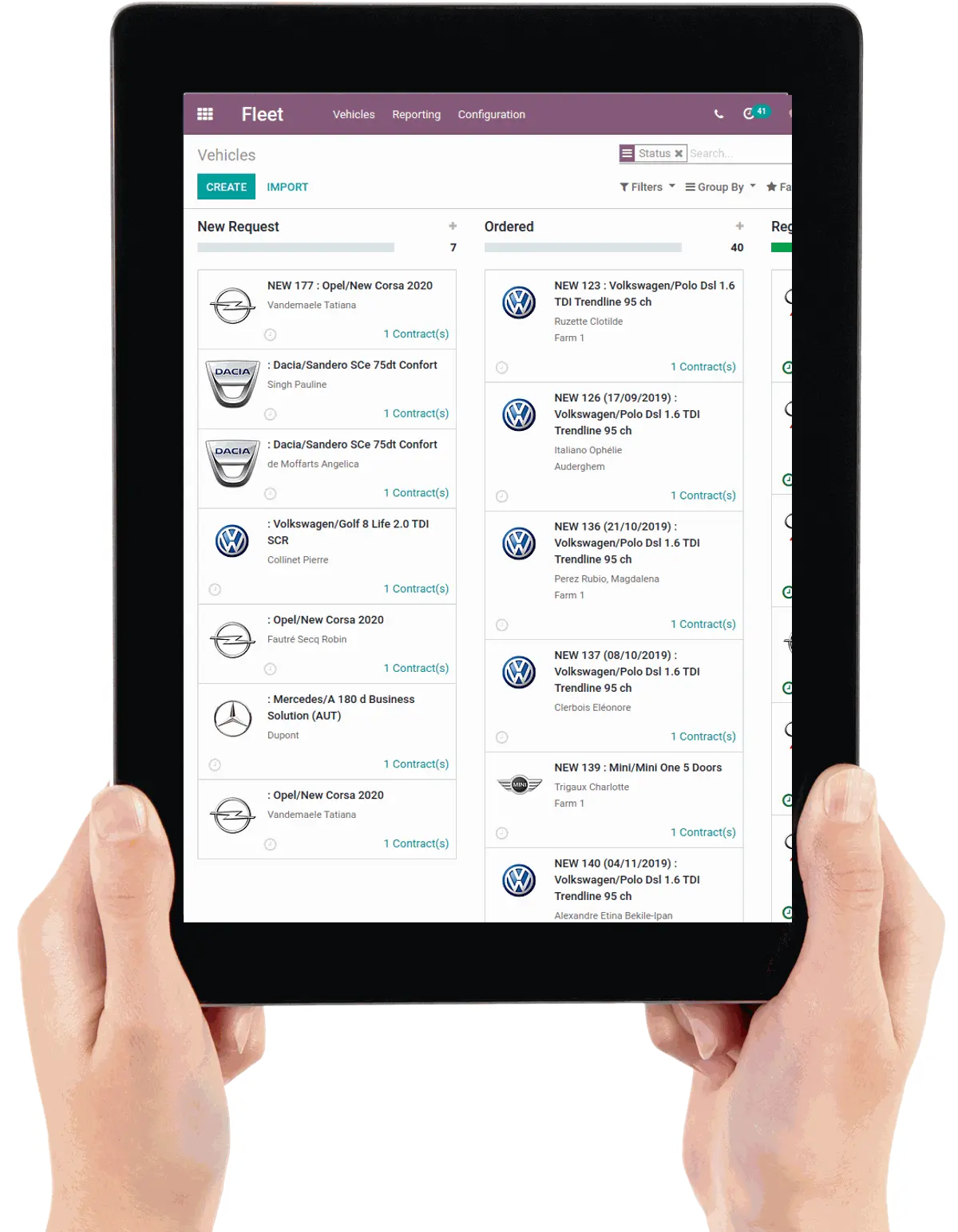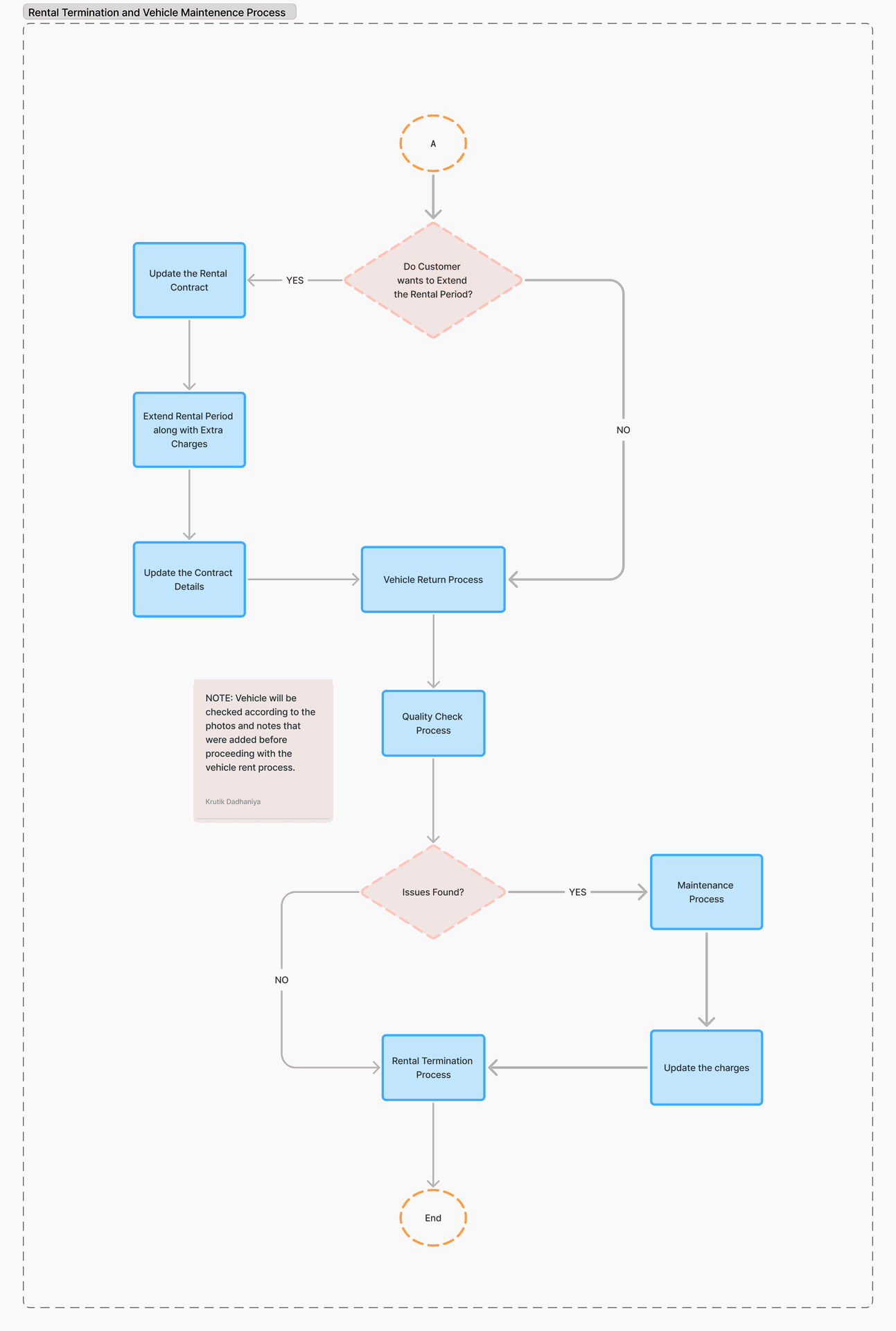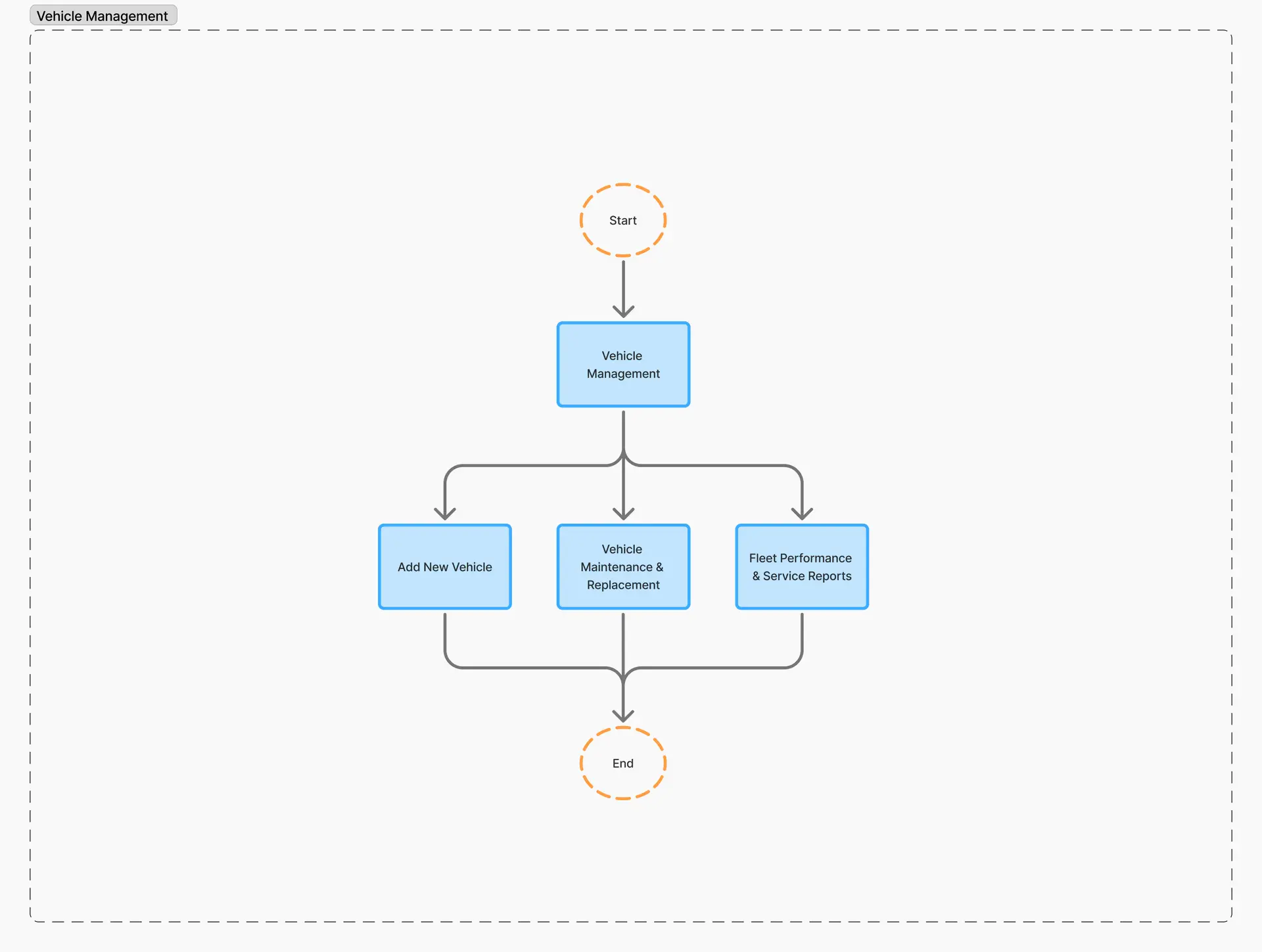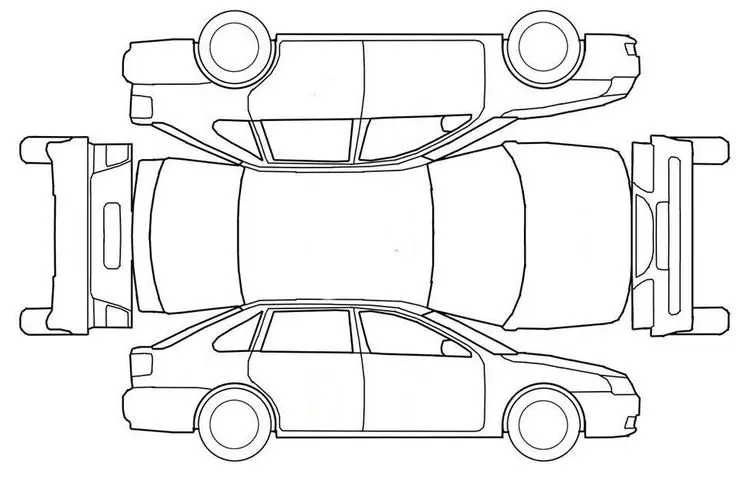Managing fleet rentals demands precision, speed, and flexibility, exactly what our Odoo-based Fleet Rental Management solution delivers.
We have thoughtfully designed a comprehensive and user-friendly system
that automates the entire lifecycle of vehicle rentals, from customer
requests to vehicle returns, invoicing, and performance reporting.
Built on Odoo’s modular and scalable framework, the solution empowers businesses to fully control their rental operations with clarity and efficiency. Whether it’s short-term or long-term rentals, hourly or monthly billing, individual clients or corporate contracts, our setup is designed to adapt seamlessly to a wide range of rental models.
From real-time availability checks and digital agreements to scheduled maintenance and automated invoicing, every process is streamlined to reduce manual effort and enhance operational visibility.

Process Overview
The Fleet-Based Vehicle Rental Process in Odoo is designed to handle the complete rental lifecycle with ease and clarity. Starting from rental initiation, users can select vehicles based on availability, define rental durations, and manage agreements through a digital workflow.

The system ensures all pre-rental checks are documented, while customer information, rental history, and required documents are centrally maintained for quick access and smooth onboarding. Once the rental is active, vehicle usage is tracked, and any traffic violations or extra charges, such as damages or excess usage, are automatically recorded.
At the time of return, the system facilitates postrental inspections and final invoicing, including any additional costs. With integrated customer and vehicle management, this setup ensures operational efficiency, real-time visibility, and a seamless experience for both the rental provider and the customer.
Rental Initiation Process
1
Fleet Management
The process begins with checking the fleet database to identify available vehicles.
2
Vehicle Availability Check
The system checks if the requested vehicle is available for the chosen rental period.
3
Vehicle Reservation
The system blocks the vehicle for the rental period, ensuring no double booking.
4
Payment Handling (Advance/Deposit)
Payment options can be flexible (based on company policy).
5
Generation of Rental Contract
The agreement includes rental terms, conditions, vehicle details, and payment terms.
6
Vehicle Handover
After payment and contract signing, the vehicle is handed over to the customer.
7
Vehicle Replacement Check
During the rental period, the system checks if any replacement is required
8
Monitor Rental Period
The system continues to monitor the rental duration.
Rental Termination Process
1. Check for Rental Period Extension
2. If Extension Requested → Update Rental Contract
3. Extend Rental Period and Apply Extra Charges
4. Update the Contract Details
5. Vehicle Return Process
6. Quality Check Process
7. Check for Issues
8. If Issues Found → Maintenance Process
9. Update the Charges
10. Rental Termination Process
11. End of Process


Vehicle Management
“Efficient Vehicle Management, Reliable Operations...”
The Vehicle Management process begins with overseeing all activities related to the fleet. It starts by adding new vehicles into the system, ensuring complete and accurate records.
Ongoing maintenance and timely replacement of vehicles are then managed to maintain safety and performance standards.
Supporting Workflows
- Customer Management
The customer management process begins by adding a new customer to the system, followed by verifying their personal and contact details for accuracy. The system then checks whether the customer appears on any blacklist for security or compliance reasons. Once verified, the customer registration is approved, allowing rental contracts to be initiated.
The system continuously monitors the customer's rental history, making it easier to assess trust and preferences. Finally, detailed reports can be generated to review individual customer performance, rental frequency, and overall engagement.
- Traffic Violations
The system efficiently manages traffic violations that occur during the rental period by logging any fines or penalties associated with the rented vehicle. These violations, such as speeding, red-light jumping, or illegal parking, are verified and linked to the active rental contract.
Additionally, the platform can be integrated with the official government traffic systems of any country, allowing real-time syncing of violation data and automatic fine updates. This ensures transparency, accountability, and smooth penalty recovery from the responsible customer.
- Vehicle Maintenance and Replacement
The vehicle maintenance process begins once a vehicle is either due for a routine inspection or has been reported with issues.
The first step involves identifying the vehicle for maintenance, triggered by either a scheduled check or a reported problem. A comprehensive quality inspection is then conducted to assess the vehicle’s condition. At this decision point, if the car is found to be damaged or in need of service, the process proceeds to the maintenance workflow. If not, the vehicle's status is simply monitored for future review.
In the maintenance workflow, service or repair tasks are initiated based on the inspection findings. A maintenance order is officially created in the system to document the service requirements. The maintenance task is then assigned to the responsible mechanic or team. Following this, the total cost involved in the repair or service is estimated. Once the work is completed, a detailed maintenance report is generated, capturing all relevant service details, associated costs, and technical observations.
At the final decision point, if the repair or service is confirmed as completed, the vehicle’s service status is updated in the fleet inventory, thus concluding the process. If not, the vehicle may either undergo replacement or be marked as inactive if deemed unfit for further use.
Maintenance reminder for the vehicles
Managing a fleet? Don’t let unexpected breakdowns slow you down.
With our Vehicle Maintenance Reminder System, powered by Odoo, you can:
schedule recurring maintenance based on mileage, usage time, or calendar intervals.
Receive automated alerts for upcoming service tasks like oil changes, brake checks, or tire rotations.
Attach service logs and track past repairs for each vehicle.
Minimize downtime by identifying issues before they become costly problems.
Boost safety & compliance by never missing a critical check-up again.
Whether you're renting vehicles or managing a logistics fleet, this system ensures your assets are always road-ready and maintained at peak performance.

Manage Documents and reminder for expiration
Managing a rental business means keeping track of insurance papers, licenses, registration documents, contracts, and more.
But what happens when one expires without warning? Risk, delays, and penalties.
Attach important documents to vehicles, rental items, contracts, or customers.
Set expiry dates and receive timely alerts via activities or email notifications.
Auto-schedule renewal tasks before documents lapse.
Centralized view for all active and expired documents in one dashboard.
Secure storage with role-based access and version control.
From vehicle insurance to customer ID proofs, we make sure you're always compliant, always ready.